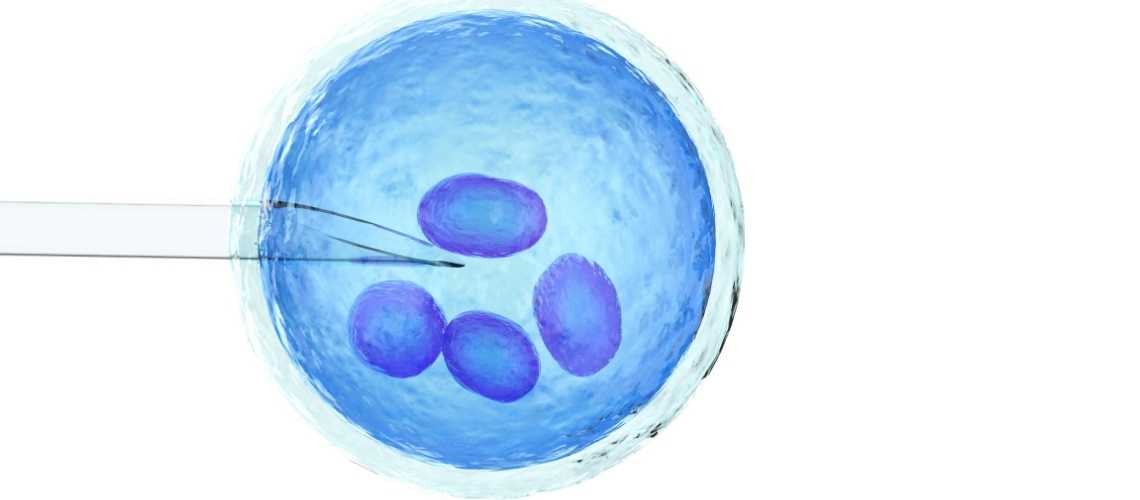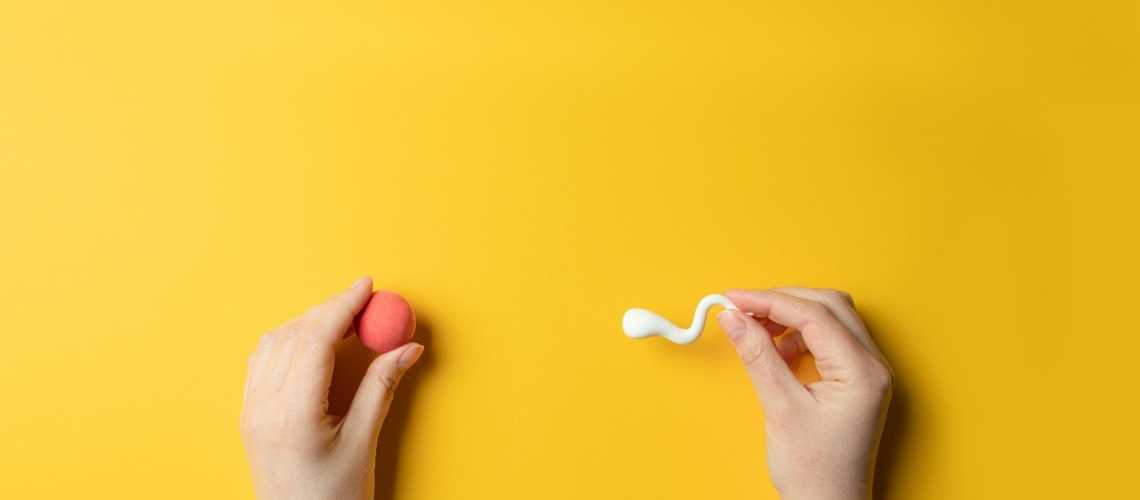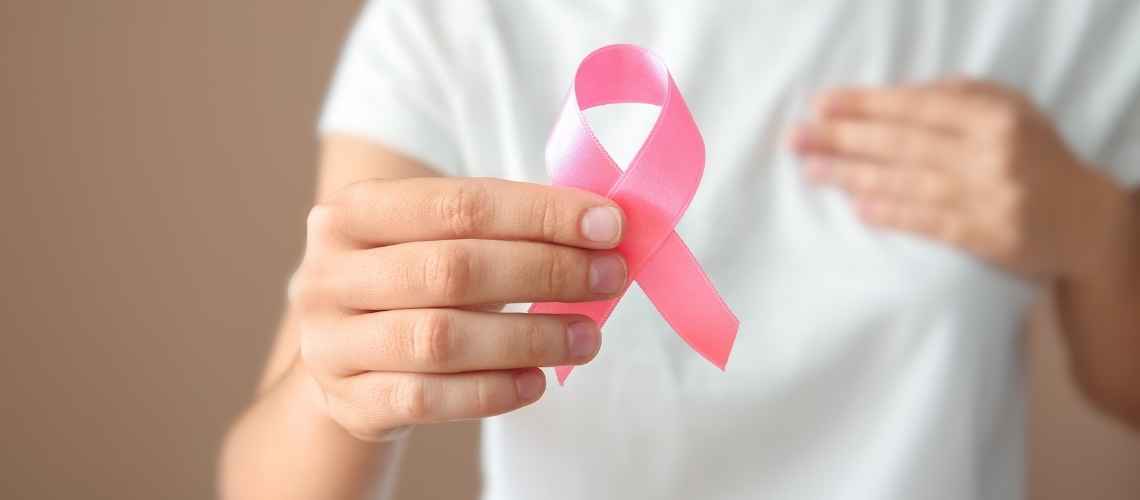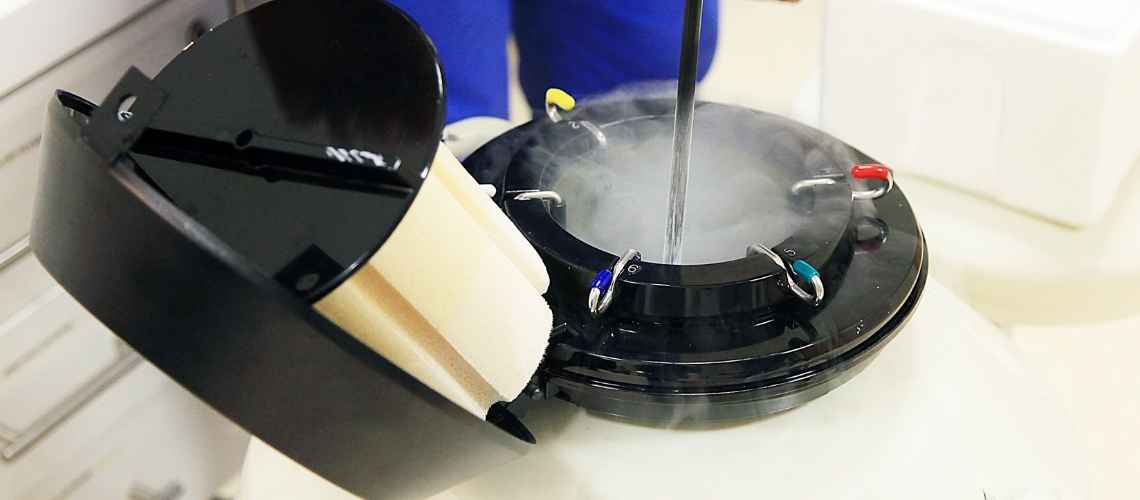Oestrogen is often prescribed after IVF to support the uterine lining and enhance embryo implantation. It stabilizes the endometrium, making it more receptive to the embryo, thereby increasing the likelihood of a successful pregnancy. This supplementation is vital in assisted reproduction protocols.
Hormonal balance is crucial after IVF, and oestrogen helps regulate progesterone function. Together, these hormones maintain endometrial thickness and prevent premature shedding of the uterine lining, which could otherwise lead to implantation failure or early pregnancy loss.
Oestrogen supplementation also reduces uterine contractions, creating a stable environment for the embryo. By minimizing uterine activity, the chances of successful implantation and continued pregnancy are significantly improved, making oestrogen an integral part of IVF protocols.
The type and dosage of oestrogen prescribed vary depending on individual needs and treatment plans. Tablets, patches, or injections may be used, and regular monitoring ensures appropriate hormonal levels are maintained throughout the early stages of pregnancy.
Why Do You Take Oestrogen After IVF?
The FET (Frozen Embryo Transfer) stage of IVF treatments is a crucial one. To allow the embryo to implant in the uterus during this process, the uterus wall is anticipated to be a certain thickness. Although oestrogen therapy is a common technique for supplying endometrial thickness, FET procedures may not always call for this therapy. HRT (Hormone Replacement Therapy) can be used during the FET process if the endometrial thickness is insufficient and low hormone levels are present. If normal hormone levels are reached during a regular cycle process, this therapy may not be required.
A suitable environment for pregnancy is created by applying the right doses of oestrogen starting on the second day of menstruation. In other words, discussing an oestrogen treatment during the FET procedure and prior to IVF rather than following IVF would be more accurate. After the embryo transfer, it might be possible to keep taking this supplement if the doctor thinks it’s appropriate.
Are Hormone Therapy Applications Necessary After IVF?
Speaking of hormone therapies after FET rather than after IVF treatment would be more accurate. because hormone treatments are regarded as parts of these treatment processes, and IVF is a process. Different hormone treatments can be used both before and after embryo transfer. Here, measuring the need is crucial. If the expectant mother to whom the transfer will be made has normal uterine functions and hormone levels, no additional hormone therapy is required in this case. If there is any disregularity, though, additional treatments can be used.
The endometrial thickness and the hormone levels during treatment are more important than anticipated and These two factors could harm IVF treatment and the implantation of the embryo in the uterus. If such circumstances arise, hormone treatments can be used to get the uterus ready for conception. One technique for assisting the uterine lining to thicken and the embryo to settle during the FET procedure is oestrogen therapy. However, this hormone therapy must not always be used in conjunction with FET. If thickness of endometrium and the menstrual cycle of woman are normal , this therapy may not be required.
In addition to oestrogen, progesterone and other hormones may also be loaded during the FET procedure. Your doctor will determine whether any of these hormone therapies are necessary. It would be incorrect to state that hormone loads are always required for all of the aforementioned reasons.
The IVF treatment process in Turkey and bodily functions in general are not adversely affected by oestrogen when used in the right dosage under a doctor’s supervision. There won’t be any reason to worry because this process will continue in a controlled manner. Contrary to popular belief, hormone replacement therapy is not strictly enforced. When the body’s natural hormone balance cannot be achieved or the uterus needs to be intervened, this procedure becomes necessary with the doctor’s approval. It is preferable to exclude hormonal interference as much as possible from all treatments.
Reference: Nawroth, F., & Ludwig, M. (2005). What is the ‘ideal’duration of progesterone supplementation before the transfer of cryopreserved–thawed embryos in estrogen/progesterone replacement protocols?. Human Reproduction, 20(5), 1127-1134.








